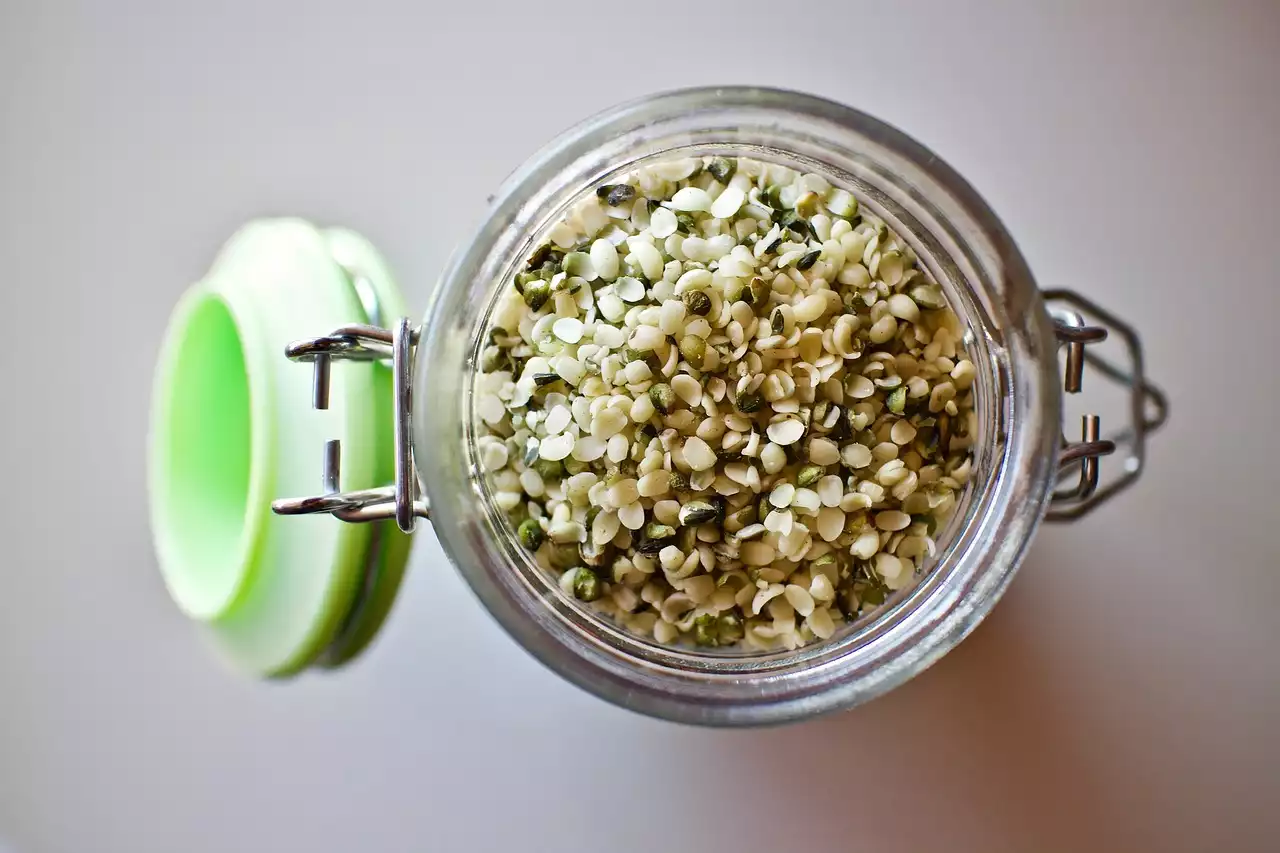Gluten-free baking can be a challenge, but with the right tips and tricks, it can result in delicious and satisfying baked goods. Whether you have a gluten intolerance or celiac disease, or simply want to try gluten-free baking, this article will provide you with in-depth knowledge and understanding of gluten-free flours, ingredients, conversion of recipes, and baking techniques for the best results.
Understanding Gluten-Free Flour
Gluten-free flours are essential for gluten-free baking. These flours are made from gluten-free grains, nuts, seeds, or legumes, and they each have their own unique characteristics, flavors, and textures. The most common types of gluten-free flours are rice flour, almond flour, coconut flour, and tapioca flour. When choosing the right gluten-free flour, it is important to consider the recipe and the desired outcome. Some flours are better for cakes and pastries, while others are better for bread and pizza dough.
Essential Ingredients for Gluten-Free Baking
In addition to gluten-free flour, there are several other essential ingredients for successful gluten-free baking. Binders and thickeners, such as xanthan gum or chia seeds, are used to help hold the baked goods together and prevent them from falling apart. Leavening agents, such as baking powder or yeast, help the baked goods rise. Sweeteners, such as sugar or maple syrup, add sweetness to the baked goods. Fat, such as butter or oil, adds moisture and richness. Finally, flavorings, such as vanilla extract or cocoa powder, add depth of flavor to the baked goods.
Conversion of Recipes
Converting traditional wheat flour recipes to gluten-free recipes can be a bit of a challenge, but with a few adjustments, it is possible to achieve delicious results. The first step is to substitute the gluten-free flour for the wheat flour. However, it is important to note that gluten-free flours have different absorption rates and therefore, the liquid and binder ratio may need to be adjusted. Experimenting with different gluten-free flours and combinations can also lead to unique and tasty results.
Baking Techniques for Gluten-Free Products
Proper measuring of ingredients, mixing techniques, and baking temperatures and timing are all crucial elements of successful gluten-free baking. Overmixing the batter or dough can lead to dense and crumbly baked goods, so it is important to be gentle and not overmix. Baking at the correct temperature and for the right amount of time is also important for achieving the desired texture and taste.
Tips for Delicious Results
Experimenting with different flours and ingredients can lead to unique and delicious results. Adding extra moisture, such as Greek yogurt or applesauce, can also prevent dryness in gluten-free baked goods. Alternative sweeteners, such as honey or agave, can add unique flavors to the baked goods. Finally, toppings, frosting, and decorations can add visual appeal and extra flavor to the baked goods.
Conclusion
Gluten-free baking can be a challenge, but with the right tips, tricks, and understanding of gluten-free flours, ingredients, conversion of recipes, and baking techniques, it can result in delicious and satisfying baked goods. Whether you are baking for a gluten intolerance or simply want to try something new, don't be afraid to experiment and have fun in the kitchen.
Remember, the most important aspect of gluten-free baking is to understand the unique characteristics of each type of gluten-free flour and how it affects the final product. Once you have a good understanding of the flours and essential ingredients, converting traditional recipes to gluten-free recipes will become easier. Finally, proper measuring, mixing, and baking techniques, combined with a little creativity and experimentation, will result in gluten-free baked goods that are both delicious and satisfying.
Glossary
- Gluten: A protein found in wheat, barley, and rye
- Gluten-free: A diet or lifestyle that excludes gluten
- Gluten-free flour: A type of flour made from gluten-free grains, nuts, seeds, or legumes
- Binders and thickeners: Ingredients used to help hold the baked goods together and prevent them from falling apart
- Leavening agents: Ingredients used to help the baked goods rise
- Sweeteners: Ingredients used to add sweetness to the baked goods
- Fat: Ingredients used to add moisture and richness to the baked goods
- Flavorings: Ingredients used to add depth of flavor to the baked goods







